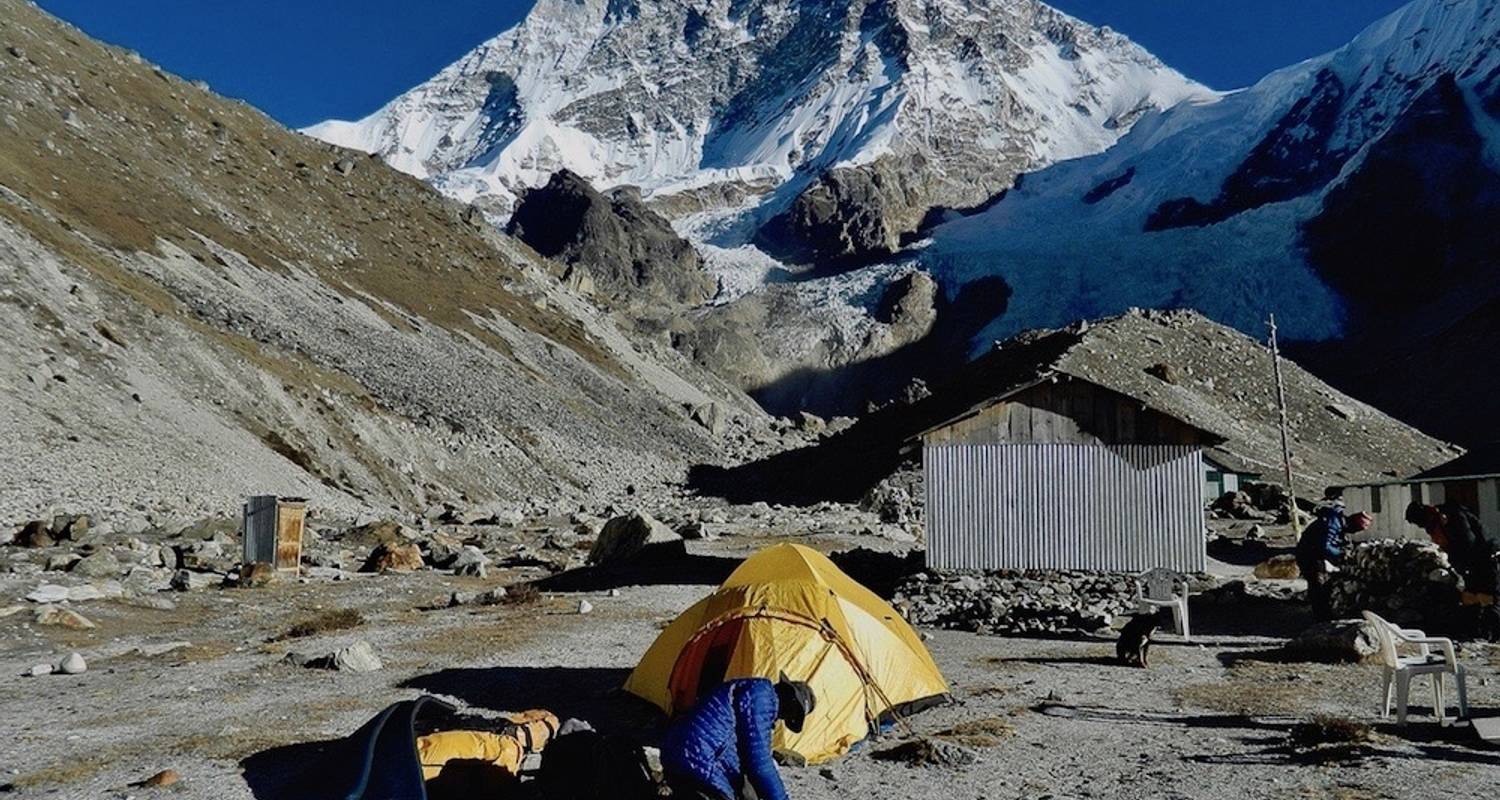Interesting things about Makalu Base Camp | All you need to know about Makalu Base Camp
Makalu Base Camp is a popular trekking destination located in the Makalu-Barun National Park and Conservation Area of Nepal. It offers a thrilling adventure and the opportunity to witness the majestic beauty of the Himalayas. Here's everything you need to know about Makalu Base Camp:
1. Location and Geography:
Makalu Base Camp is located in the Makalu-Barun National Park and Conservation Area, in the northeastern region of Nepal. The base camp is situated at an altitude of approximately 4,800 meters (15,748 feet) in the Barun Valley, east of Mount Everest. The valley is surrounded by majestic Himalayan peaks, with Mount Makalu being the main highlight. Makalu is the fifth highest mountain in the world, towering at 8,463 meters (27,766 feet).
2. Trekking Route:
The trek to Makalu Base Camp typically starts with a flight from Kathmandu, the capital city of Nepal, to Tumlingtar, a small town in eastern Nepal. From Tumlingtar, trekkers embark on a scenic drive to the village of Num, which serves as the starting point of the trek. The trail then follows the Arun River, gradually ascending through diverse landscapes.
The trekking route takes trekkers through picturesque villages, terraced farmlands, dense rhododendron and oak forests, and cascading waterfalls. As you ascend higher, the trail transitions to alpine meadows adorned with colorful wildflowers. The rugged terrains and high passes provide spectacular views of the surrounding Himalayan peaks.
3. Scenic Beauty:
The journey to Makalu Base Camp is known for its stunning natural beauty. Along the trail, trekkers are treated to breathtaking panoramic views of Mount Makalu, as well as other prominent peaks like Everest, Lhotse, and Chamlang. The trail passes through diverse landscapes, allowing trekkers to experience the beauty of the Himalayas up close.
The Barun River, originating from the glaciers of Makalu and Barun peaks, accompanies trekkers throughout the journey. The river adds to the picturesque scenery, and there are several suspension bridges to cross, enhancing the adventure of the trek.
4. Biodiversity:
The Makalu-Barun National Park and Conservation Area is renowned for its rich biodiversity. The region encompasses a range of ecosystems, including subtropical forests, alpine meadows, and glaciers. The park is home to a wide variety of flora and fauna, including several endangered and rare species.
In the lower regions, lush forests teem with diverse plant species such as rhododendrons, oaks, and bamboo. The park is also a haven for birdwatchers, with over 400 bird species recorded, including the colorful Himalayan monals and various species of pheasants. The region's remote and pristine nature makes it an ideal habitat for elusive mammals like the snow leopard, red panda, musk deer, and Himalayan black bear.
5. Cultural Experience:
The trek to Makalu Base Camp offers a unique cultural experience. The trail passes through several villages inhabited by different ethnic groups, including Sherpas, Rais, and Limbus. These communities have preserved their distinct cultural traditions, customs, and lifestyles.
Trekkers have the opportunity to interact with the friendly locals, witness their daily activities, and learn about their traditions. The region is dotted with monasteries and gompas, providing insights into the spiritual practices and beliefs of the local inhabitants. If you're fortunate, you may even have the chance to witness traditional festivals and ceremonies.
6. Accommodation and Facilities:
Along the trekking route, there are teahouses and lodges that provide basic accommodation and meals for trekkers. These accommodations offer a place to rest, eat, and socialize with fellow trekkers. However, it's important to note that the facilities may be more basic and limited compared to more popular trekking regions like the Everest region.
7. Duration and Permits:
The trek to Makalu Base Camp typically takes around 18-20 days, depending on the chosen itinerary and acclimatization needs. It's important to plan for adequate acclimatization days to prevent altitude sickness. Permits, including the Makalu-Barun National Park Permit and the TIMS card, are required for this trek and can be obtained through registered trekking agencies in Nepal.
8. Safety Considerations:
Trekking to Makalu Base Camp requires physical fitness and prior trekking experience. The trail involves challenging terrains, high altitudes, and unpredictable weather conditions. It's crucial to be well-prepared, including carrying proper trekking gear, warm clothing, and essential medical supplies. Hiring experienced guides or porters is recommended for navigation, safety, and to enhance the overall trekking experience.




.jpg)



